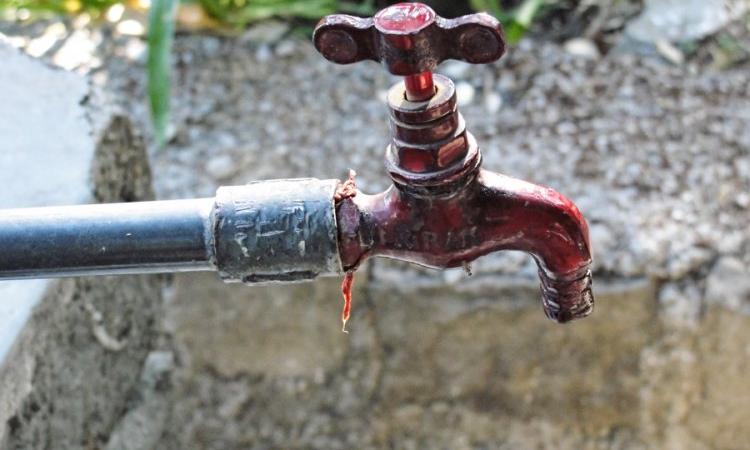
The Government of India has passed a draft notification to bar membrane based systems such as Reverse Osmosis (RO) to be used as domestic purifiers in cities where the tap water is safe according to the Bureau of Indian Standards (BIS) norms. This is to comply with an order of the National Green Tribunal (NGT) that proposed a ban on RO in the NCR region. Invitations have been made till March 3, 2020 for any suggestions to this proposed ban.
From the perspective of water conservation, this ban on RO purifiers is most welcome. Every drop of water saved from the wastage of RO reject is precious. Any standard domestic RO machine wastes anything from 5 litres/day to as much as 20-25 litres/day of water based on the existing salts in water and how the machine is calibrated. Also, from the perspective of government water supply programme managers, this ban makes sense since the usage of domestic purifiers undermines their claim of 'Safe water directly from the tap'.
The critical question however is, what does evidence from the ground tell us? Also, what do citizens who consume this water think about the proposed ban?
Before that, a slight detour
Trust is of high essence, especially when it comes to purity of water. Most water contaminants such as arsenic, fluoride, nitrate and others are invisible, and added to that they don't smell or taste different. From various government responses and parliamentary questions, the number of Indian citizens exposed to these contaminants is anywhere close to 100 million people. That said, water purity is still measured or judged by a common person based on sight, smell or taste. However, increased awareness is leading him or her to doubt every glass of water. This is where trust comes in.
Recent studies by India Natural Resources Economics and Management (INREM) Foundation, an agency involved in water quality monitoring and management, in five districts of India such as Rajasthan, Karnataka, Telangana, Odisha and Madhya Pradesh show us a different picture from what is presented by water supply authorities. In some cases, there is a 40-100 percent false negative mismatch in data i.e. water supply points marked as safe have been found to be unsafe, that too by measuring only one out of 23 BIS parameters, which is that of fluoride. These were randomly selected points with unbiased sampling for the sake of comparisons.
Other studies also show a similar picture. Contaminants such as nitrates seem ubiquitous, and the rising trend of arsenic, antibiotic resistant microbes and emerging contaminants along with microplastics, only add to the deadly cocktail being possibly served at a tap point. That's where perception comes in and that plays a more important role than public data when consumers decide to spend their money.
Awareness on the health risks from water contamination are also on the rise. Given this, the fact that water users make an informed choice about domestic purifiers in their households seems only reasonable given the opacity and the lack of reliability of public water data.
Coming back to the RO ban, while it makes sense to stop wasting precious water, the precautionary principle when applied to public health, would tell us that rather people adopt domestic purifiers in the face of uncertain water supply data, else face the risk of health problems from water contamination.
The answer to this conundrum for the government lies in building better trust rather than relying on legislation. Today, the majority of the RO market is informal and grey in the name of Dolphin filters and other names. The only way this proposed ban will affect the grey market is upward, from what we know of other such bans. The formal established players are those who will likely get affected.
Lack of trust cannot be compensated with a blanket ban. Evidence shows that water testing and its transparent communication with people increases trust in public water supply. That should be the way ahead towards getting citizens of India closer to the objective of Safe drinking water for All.
About the author: Dr Sunderrajan Krishnan is the Executive Director of INREM Foundation, a research organisation that works on public health, water and environmental issues.
Disclaimer: The views and opinions expressed in this article are those of the author and do not necessarily reflect the policy or position of India Water Portal.